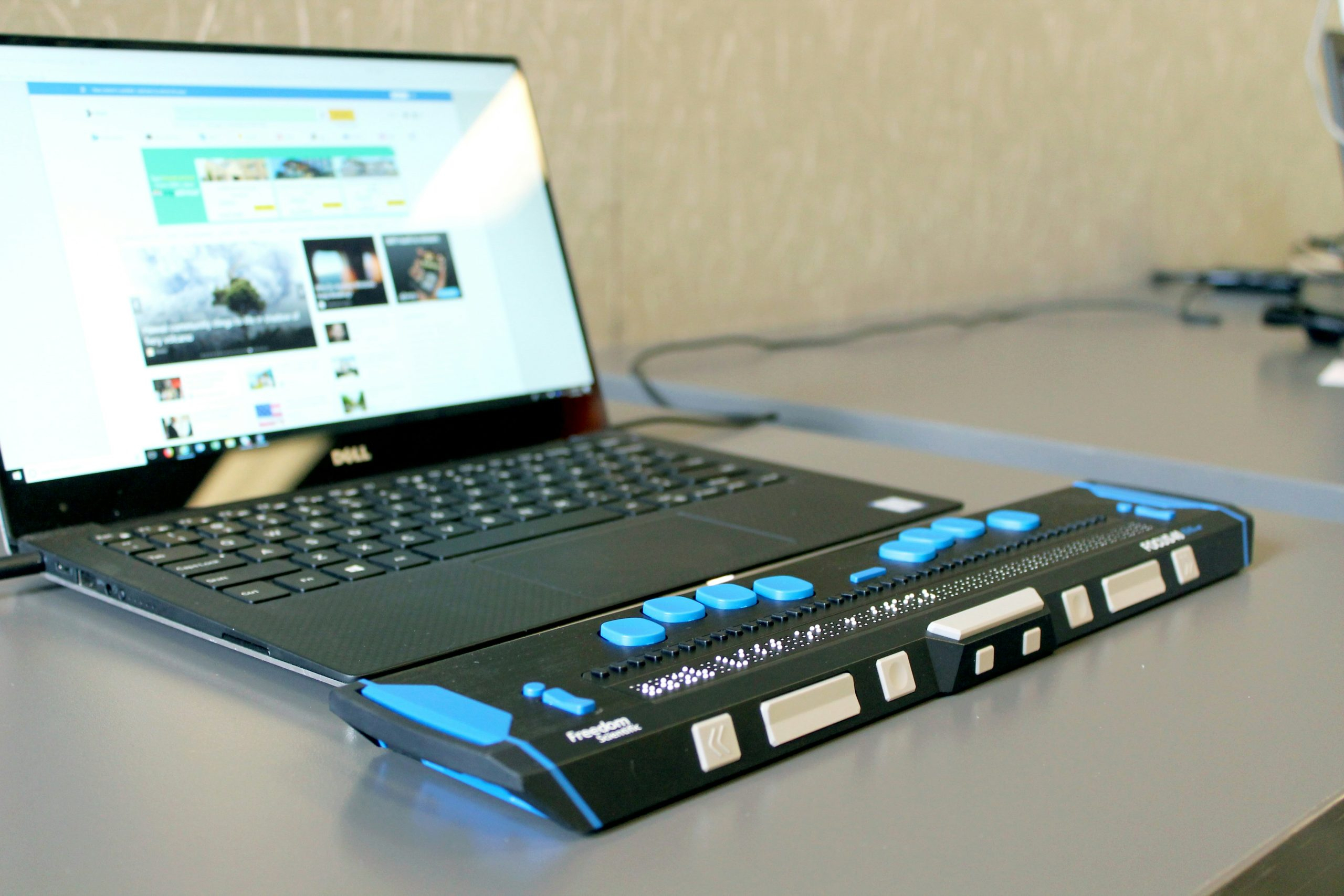Quantum Photonic Computing Technologies Accelerating Computational Processing Capabilities
In recent years, the field of quantum computing has been gaining much attention and excitement due to its potential to revolutionize the way we process and analyze data. Traditional computing relies on classical binary bits to process information, but quantum computers use qubits, which can exist in multiple states simultaneously, allowing for much faster and more efficient computations. Now, with the emergence of quantum photonic computing technologies, we are seeing even greater advancements in computational processing capabilities. In this article, we will explore how quantum photonic computing is accelerating these capabilities and revolutionizing the way we approach complex calculations.
The Rise of Quantum Photonic Computing
Quantum photonic computing combines the principles of quantum computing with photonic technologies – manipulating and transmitting light particles – to create a powerful and efficient computing system. This approach presents many advantages over traditional electronic-based quantum computing, such as reduced error rates, increased stability, and faster processing speeds. Additionally, quantum photonics allows for the creation of even smaller and more precise components, making it an ideal candidate for future quantum computer designs.
Accelerating Computational Processing Capabilities
Enhanced Speed and Efficiency
One of the most significant benefits of quantum photonic computing is its unparalleled speed and efficiency. Quantum computers, in general, have the potential to perform calculations at a speed that is exponentially faster than traditional computers. However, with the use of photonic technologies, this speed is taken to a whole new level. Light particles can travel at incredible speeds and interact with other light particles without interference, which means that quantum photonics can process large volumes of data much faster than ever before.
Breaking Computational Barriers
As technology continues to advance at an exponential rate, the need for more powerful and efficient computing capabilities grows. This is particularly true in fields such as finance, cryptography, and scientific research, where complex calculations and simulations are required. With quantum photonic computing, researchers and scientists can tackle significantly more complex problems and simulations, breaking the computational barriers that were previously impossible to overcome.
Improved Data Security
Data security is a top priority in today’s digital world, and traditional computers are becoming increasingly vulnerable to cyber-attacks. Quantum photonic computing offers a highly secure solution to this problem. Photons are notoriously difficult to manipulate or intercept, making quantum photonic systems virtually impenetrable. Additionally, the principles of quantum mechanics that govern qubits also ensure the security of data by providing secure encryption methods that cannot be broken by traditional computers.
The Future of Computing
The advancements in quantum photonic computing bring us one step closer to realizing the full potential of quantum computing. With the creation of more powerful and efficient quantum photonic systems, we can expect to solve complex problems and process vast amounts of data with unprecedented speeds. Quantum photonic computing also has the potential to transform other industries, such as healthcare, transportation, and telecommunications, by providing innovative solutions to their most challenging problems.
In Conclusion
Quantum photonic computing is a game-changer in the world of technology and computing. Its combination of quantum computing principles with photonic technologies offers unmatched speed, efficiency, and security, making it a promising solution for handling the increasing volumes of data in various industries. As we continue to push the boundaries of what is possible in quantum computing, the potential for accelerated computational processing capabilities will only continue to grow, shaping the future of technology and innovation.










